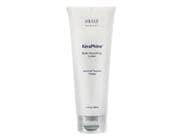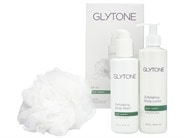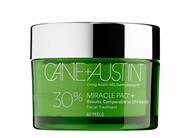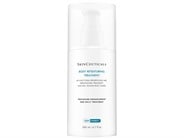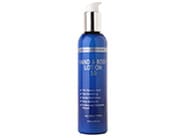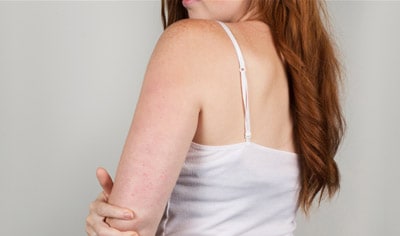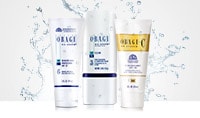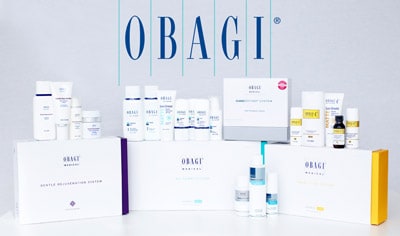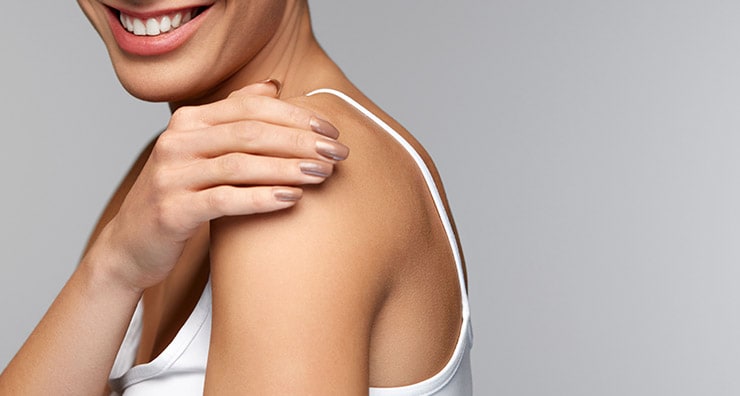
You may have heard it referred to as “chicken skin.” Yep, we’re talking about keratosis pilaris (KP for short), those small, light, harmless bumps that annoy half the adult population. Today, we have five quick facts about what KP is, plus treatment tips for your flare-ups.
1. Keratosis pilaris is hereditary.
Much like eye color, all it takes is one gene from one parent to change the ultimate outcome when it comes to KP. This gene affects roughly 50% of adults and 80% of children, and if you struggle with other hereditary skin issues, like chronic dryness or eczema, you may be more likely to experience keratosis pilaris. The majority of KP bumps seem to be found on the upper arms and thighs, but they can form anywhere on the body.
2. KP is caused by a buildup of keratin.
Found in the outermost layer of skin, keratin is a special protein that helps protect against stress and infections. When keratin builds up due to unknown reasons in those with the KP gene, a scaly clog forms, blocking the opening of the hair follicle and producing a bump. This bump typically turns into many bumps to form rough patches.
3. Keratosis pilaris can come and go depending on a number of factors.
Children are more likely to struggle with keratosis pilaris, and they tend to experience the worst of it during puberty. For many, by age 30, KP bumps have resolved themselves and never come back. For others, cold, dry winter weather, pregnancy, childbirth, and general hormonal fluctuations can cause a flare-up, with women being more likely to experience KP than men.
4. Exfoliate and moisturize to minimize keratosis pilaris bumps.
When treating KP, you might think of exfoliation and hydration in a 90 to 10 ratio. We exfoliate to get rid of the keratin buildup that’s creating the plug at the hair follicle, reducing the bump. Then, we put moisture back in the skin to smooth skin and relieve any lingering dryness or itchiness. Alpha hydroxy acids, like glycolic acid, are the quickest way to exfoliate, while a gentle glycerin moisturizer is your best bet for hydration.
5. There is no cure for KP, but the symptoms are totally manageable.
Try some of our favorite keratosis pilaris treatments:
Obagi Medical KeraPhine Body Smoothing Lotion: This soothing formula uses 15% glycolic acid to gently exfoliate skin and resurface bumps. Rich hydrating ingredients, like glycerin, ammonium lactate and dimethicone add moisture to skin and prevent moisture loss throughout the day.
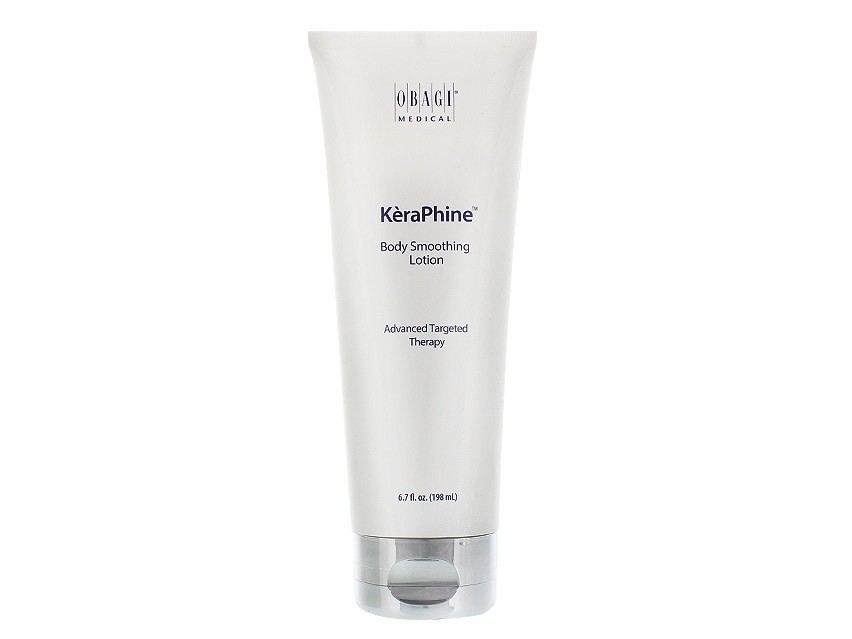
Glytone KP Kit: This two-step treatment helps minimize red bumps and soften rough, dry skin. First, use the Exfoliating Body Wash with the included loofah. This invigorating shower gel uses 8.8% free glycolic acid to gently exfoliate skin, revealing an even texture and more refined tone. Once out of the shower, apply the Exfoliating Body Lotion, a formula that contains 17.5% free glycolic acid to exfoliate, plus vitamin E and other antioxidants to strengthen skin.
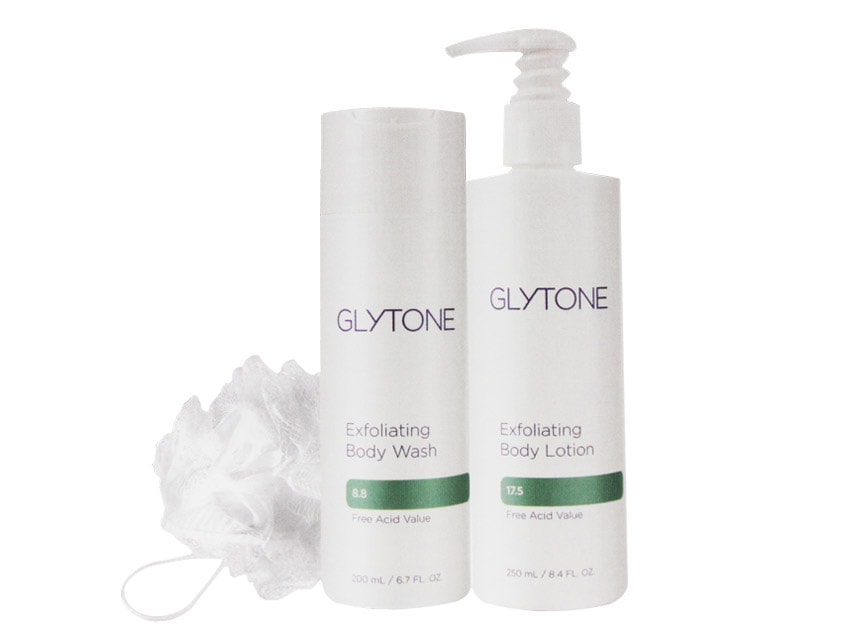
Cane + Austin 30% Miracle Pad +: For a quick, convenient keratosis pilaris treatment that’s easy to add to your nighttime routine, try Cane + Austin 30% Miracle Pad +. These pads deliver 30% glycolic acid to skin to not only smooth and soothe KP symptoms, but also minimize fine lines, dark spots and an uneven skin tone. These non-irritating pads are ideal for swiping on the upper arms!
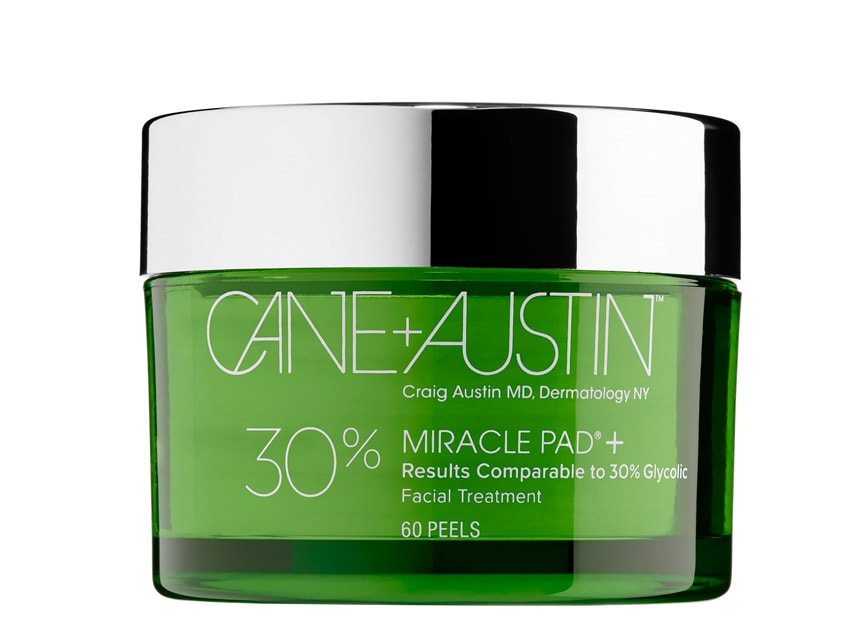
SkinCeuticals Body Retexturing Treatment: SkinCeuticals Retexturing Treatment uses the power of exfoliation and hydration to help you achieve soft, balanced skin in problem areas. Hydroxyethyl urea and aminosulfonic acid work to enhance cellular turnover, while hyaluronic acid provides intense moisture. This soothing gel also contains niacinamide to help address redness and inflammation associated with KP.
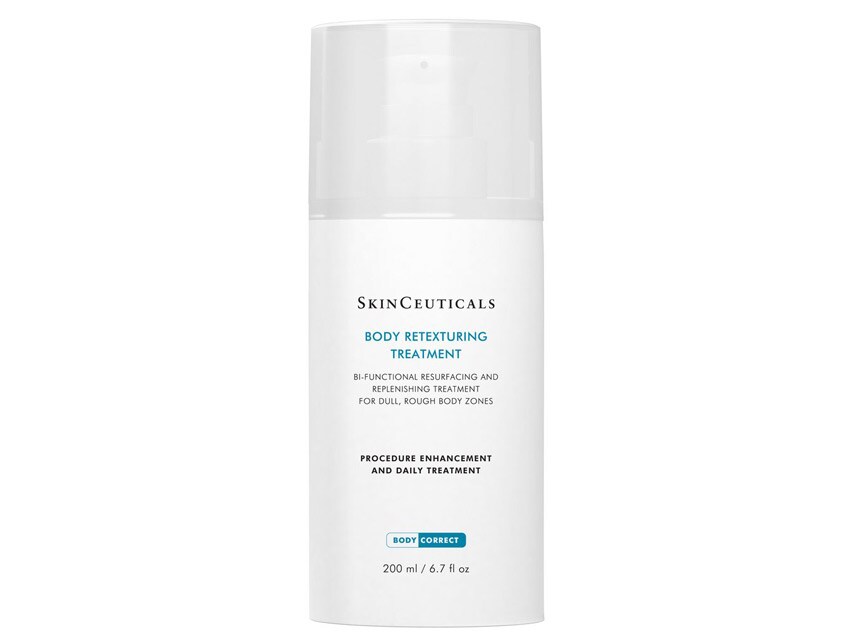
GlyDerm Hand & Body Lotion 10%: Light and fast-absorbing, GlyDerm Hand & Body Lotion 10% can be used anywhere to help reduce keratosis pilaris bumps. A 10% concentration of glycolic acid combines with the most effective moisturizing ingredients so that you can exfoliate and hydrate in one simple step. Lemon fruit extract, a natural source of vitamin C, helps address inflammation for calm, comfortable skin.
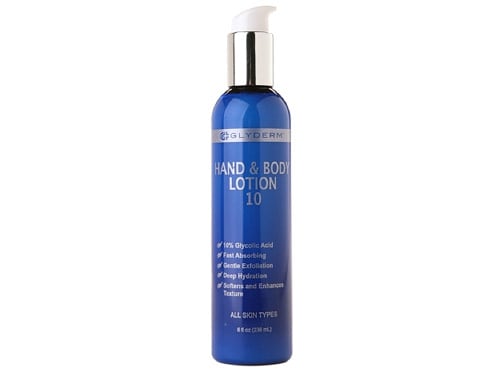
Do you suffer from KP? Check out the many keratosis pilaris treatments we offer at LovelySkin.com.
Shop this blog

About the Author
Stepha is a copywriter at LovelySkin. She loves poetry, baking and experimenting with new makeup.
Other Posts by StephaMeet the new SkinCeuticals H.A. Intensif...
5 Essentials to Protect Your Skin from P...
Follow us on social
Follow us on social networks and be one of the first to learn about sales, giveaways, and free samples

